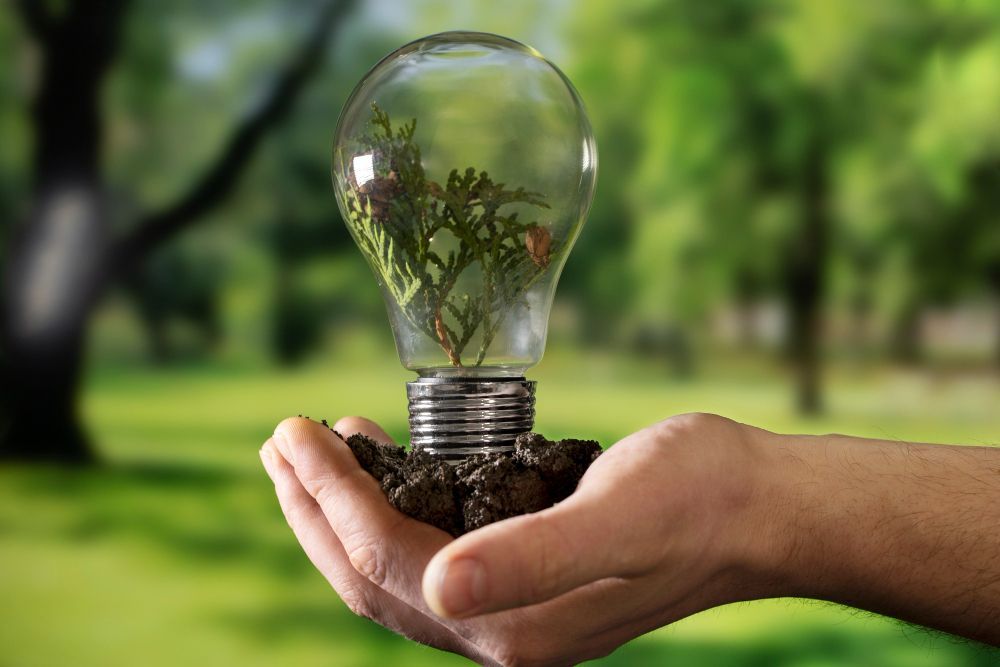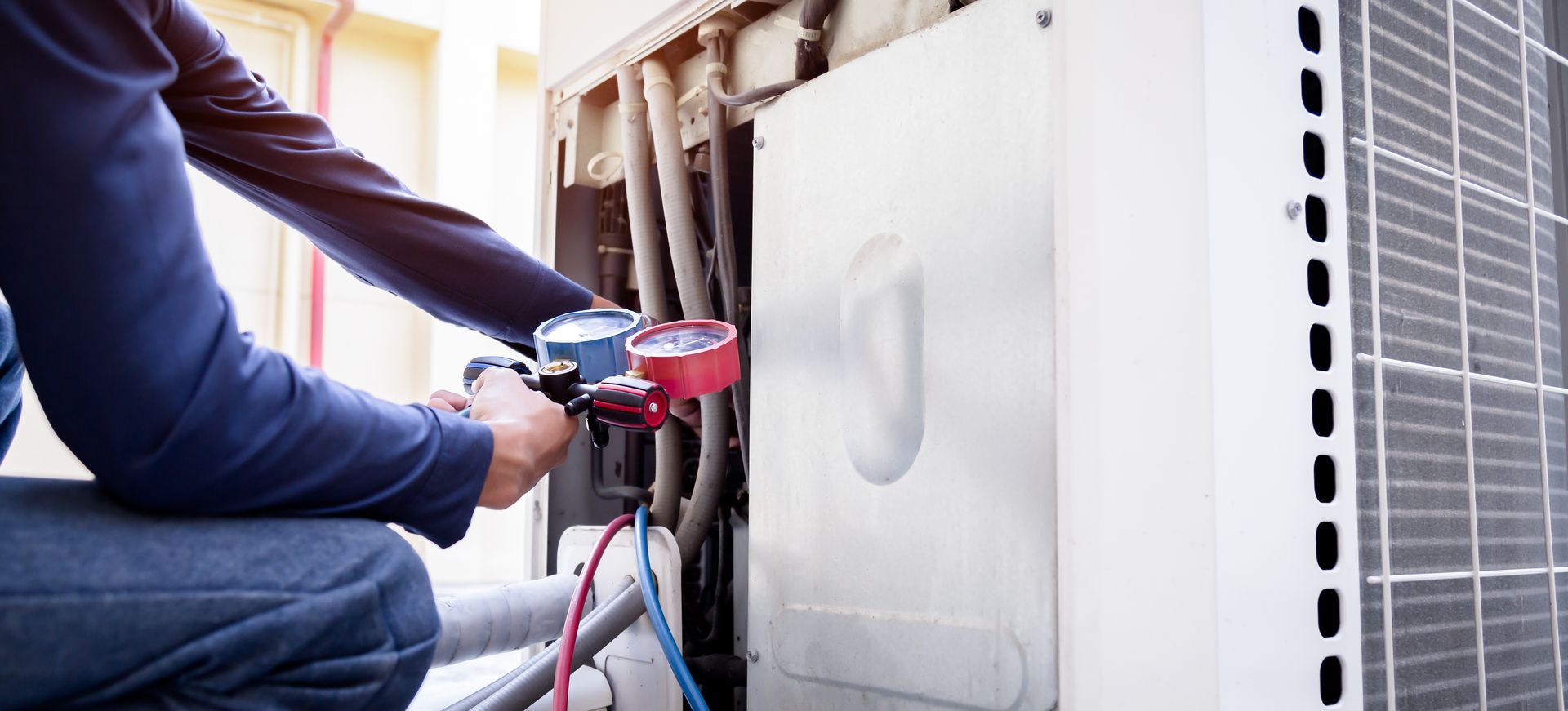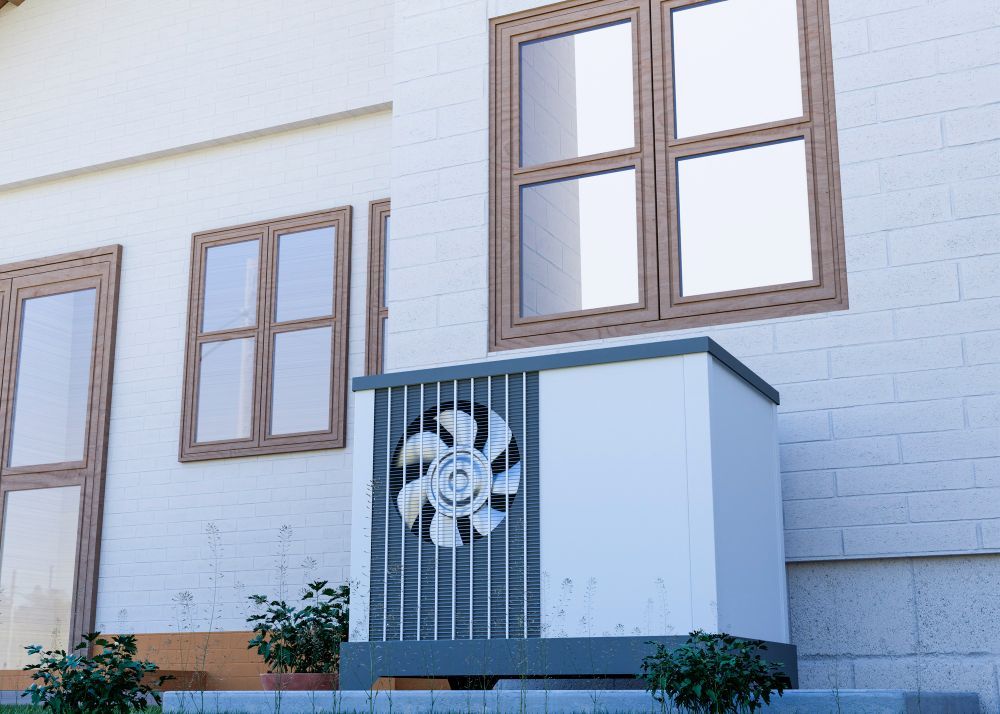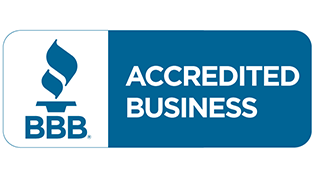Energy-Saving Tips for Heating Your Home During Cold Utah Winters
Utah winters can be long, cold, and expensive when it comes to keeping your home warm. Between freezing nights in South Jordan and icy winds across the Wasatch Front, heating costs quickly add up if your home and HVAC system aren’t optimized for efficiency.
The good news? With the right steps, you can stay comfortable while lowering your energy bills. In this guide, we’ll explore simple but powerful energy-saving tips that homeowners in Utah can apply to keep warm without overspending.
Why Heating Efficiency Matters in Utah
Utah’s climate creates unique challenges for homeowners during the winter:
- Cold temperatures: Nighttime lows often dip below freezing, increasing demand on furnaces and heat pumps.
- Dry air: Low humidity makes the air feel colder, which often leads homeowners to turn up the thermostat unnecessarily.
- Rising energy costs: Heating can make up more than 40% of winter utility bills if not managed wisely.
- Air quality concerns: Inversions trap pollution close to the ground, meaning ventilation and indoor air strategies matter too.
By focusing on energy efficiency, you not only save money but also extend the life of your HVAC system and improve comfort at home.
Top Energy-Saving Tips for Utah Winters
When it comes to cutting heating costs, small steps add up. Here are practical strategies every homeowner can use.
Adjust Your Thermostat Wisely
Lowering your thermostat just a few degrees can make a noticeable difference. Aim for 68°F during the day and lower while you sleep. A smart thermostat makes scheduling and adjustments easy.
Seal Drafts and Leaks
Air leaks around doors, windows, and ducts are like throwing money out the window. Use weatherstripping, caulking, or insulation to reduce drafts and keep warm air inside.
Schedule HVAC Maintenance
A tuned-up system runs more efficiently, burns less energy, and avoids unexpected breakdowns in the middle of winter. Annual furnace or heat pump maintenance is a must in Utah.
Change Filters Regularly
Dirty filters restrict airflow, making your system work harder. With Utah’s dust and inversion issues, replace filters every 30–60 days during heavy use.
Add Insulation Where Needed
Attics, crawlspaces, and basements often leak heat. Adding insulation can reduce heat loss and keep rooms warmer.
Use Ceiling Fans in Reverse
Switching your ceiling fan to clockwise rotation pushes warm air back down into the room, reducing the need for higher thermostat settings.
Manage Sunlight and Curtains
Open blinds on sunny days to let in natural heat, and close them at night to reduce heat loss through windows.
Consider a Humidifier
Moist air feels warmer. A whole-home humidifier can help you feel comfortable at lower thermostat settings while reducing dryness-related issues.
Upgrade When Necessary
If your furnace is more than 15 years old or running inefficiently, upgrading to a high-efficiency model may save hundreds each year on utility bills.
Step-by-Step Guide to Improve Heating Efficiency
Here’s a process homeowners can follow to make lasting changes.
Step 1: Inspect Your Home
Walk through your house to check for drafts, uneven heating, or areas that feel colder than others.
Step 2: Start with Low-Cost Fixes
Seal leaks, replace filters, and adjust thermostat settings before considering major upgrades.
Step 3: Schedule Professional Service
Have a certified HVAC contractor inspect and tune your system for winter. This ensures efficiency and catches problems early.
Step 4: Explore Add-Ons
Consider humidity control, zoning systems, or programmable thermostats for extra efficiency.
Step 5: Plan for Long-Term Upgrades
If your HVAC system is outdated, budget for a high-efficiency furnace or heat pump. Rebates and incentives may be available in Utah for energy-efficient equipment.
Frequently Asked Questions
- What is the cheapest way to heat a home in Utah?
The most affordable way is to combine proper insulation, efficient equipment, and smart thermostat use. Small changes like sealing leaks and adjusting settings make a big impact. - How often should I service my furnace?
At least once a year. Regular maintenance keeps the system efficient and prevents breakdowns during the coldest months. - Do space heaters save money?
Only in limited cases. Using space heaters as the main heating source usually costs more, but they can supplement heat in one or two rooms if you lower the thermostat for the rest of the home. - Does humidity really affect heating costs?
Yes. Dry air makes it feel colder, so adding humidity allows you to feel warmer at lower thermostat settings. - When should I replace my furnace?
If it’s over 15 years old, requires frequent repairs, or has high utility costs, replacement with a high-efficiency model is worth considering.
Conclusion
Cold Utah winters don’t have to mean sky-high heating bills. With a combination of smart thermostat use, regular maintenance, sealing leaks, and considering upgrades when necessary, you can keep your home comfortable and efficient.
If you’re in South Jordan or anywhere in Salt Lake County, our team is here to help with furnace service, heating system upgrades, and indoor comfort solutions.
Contact us today for a professional inspection or consultation.







